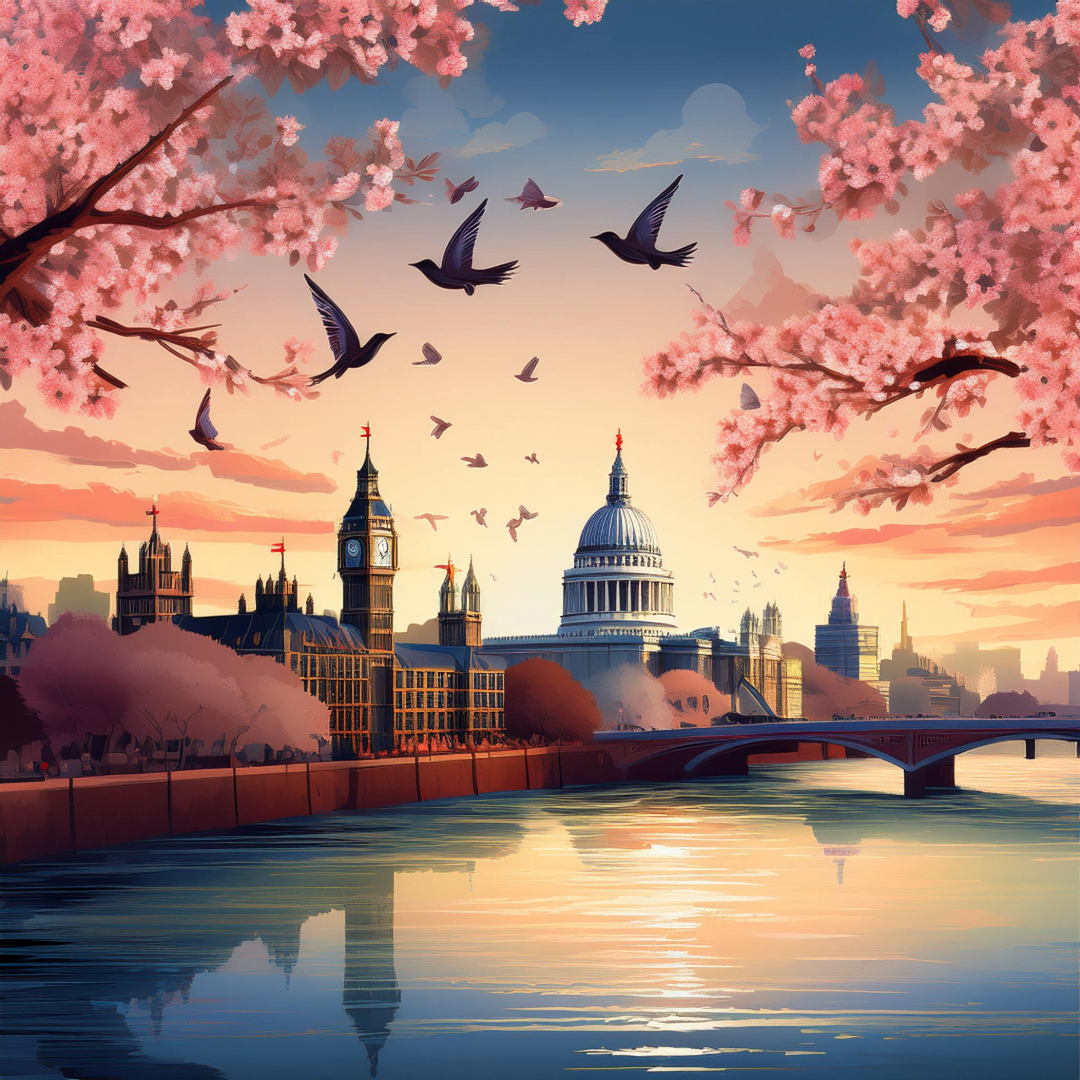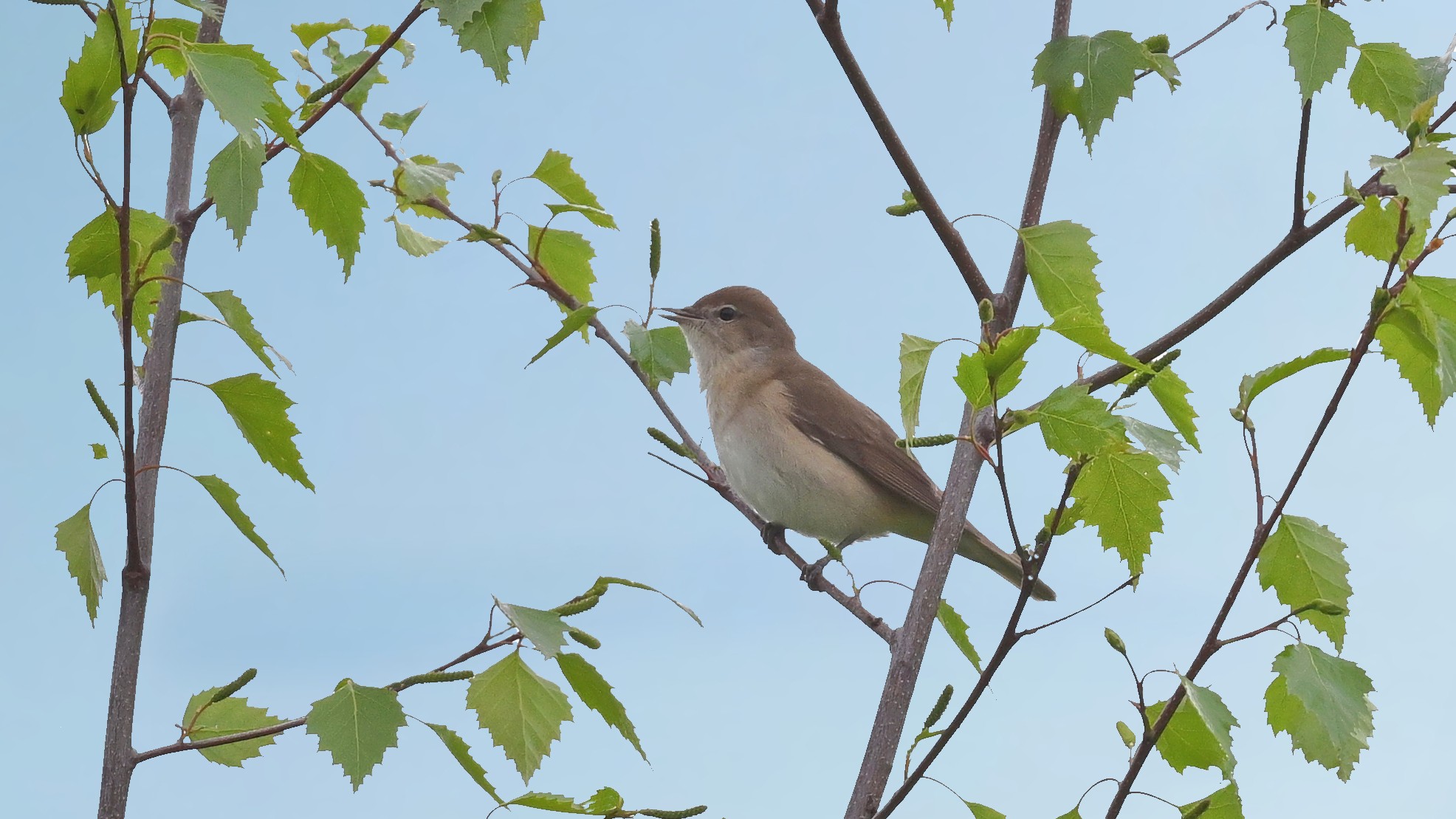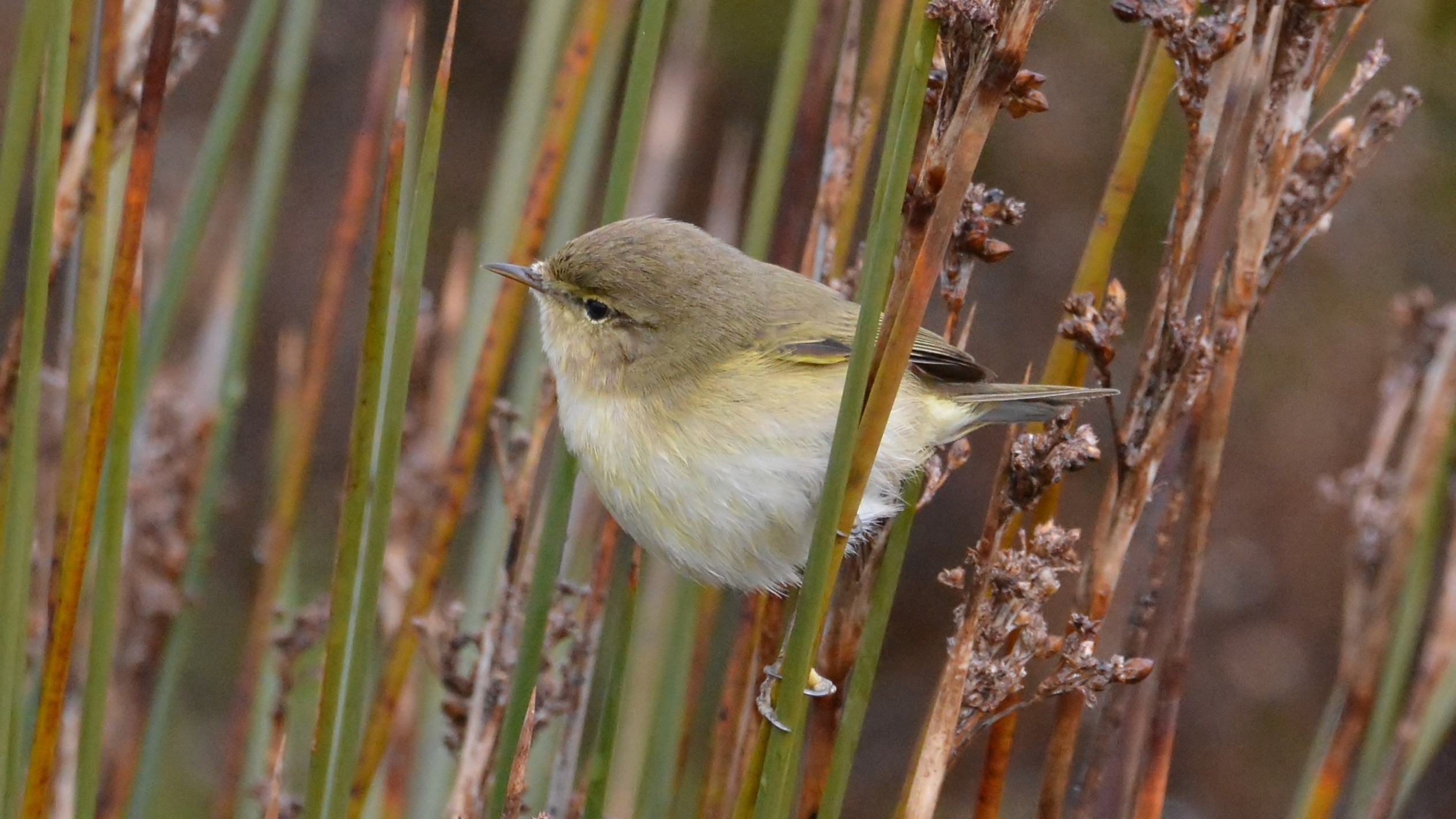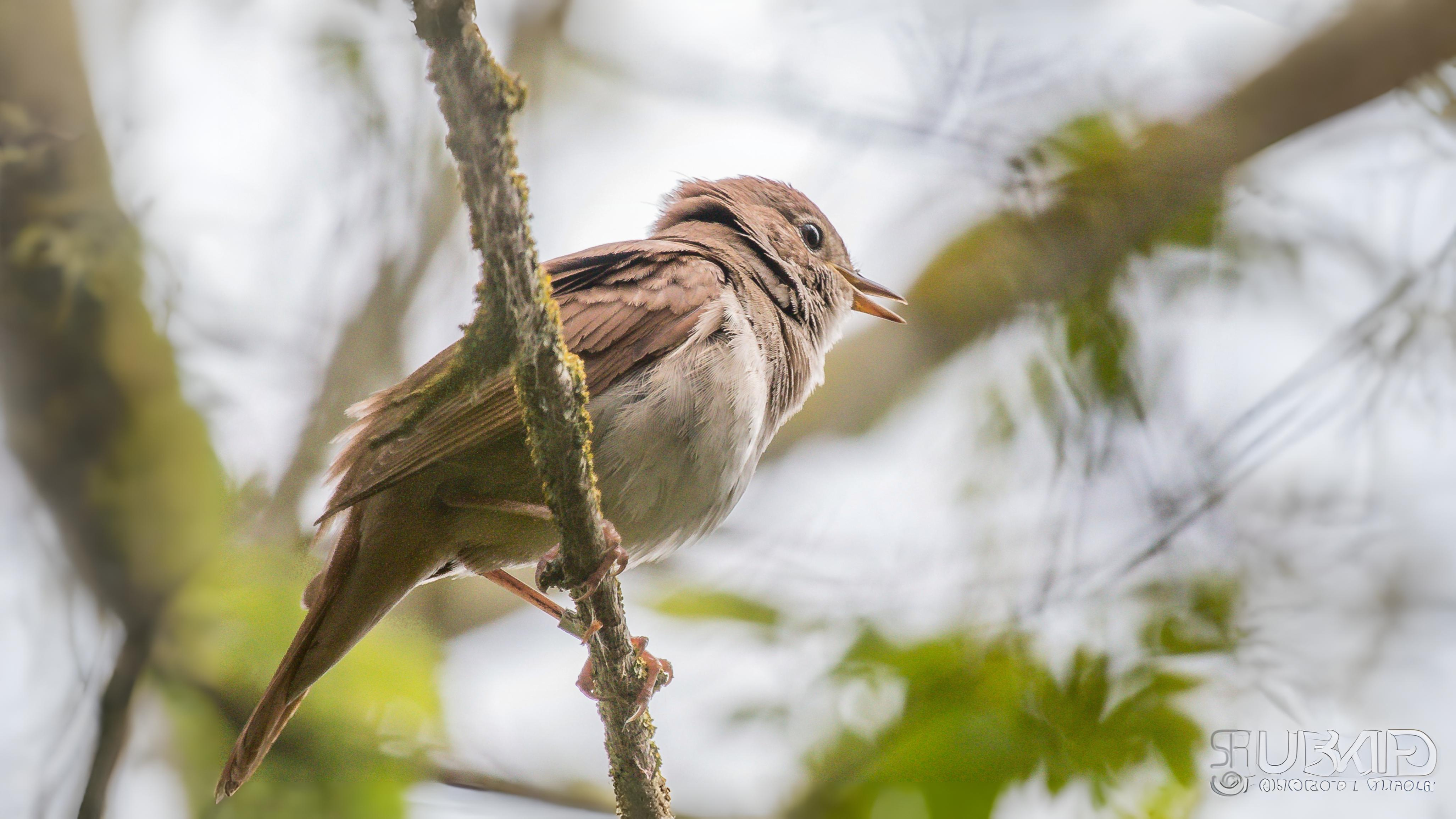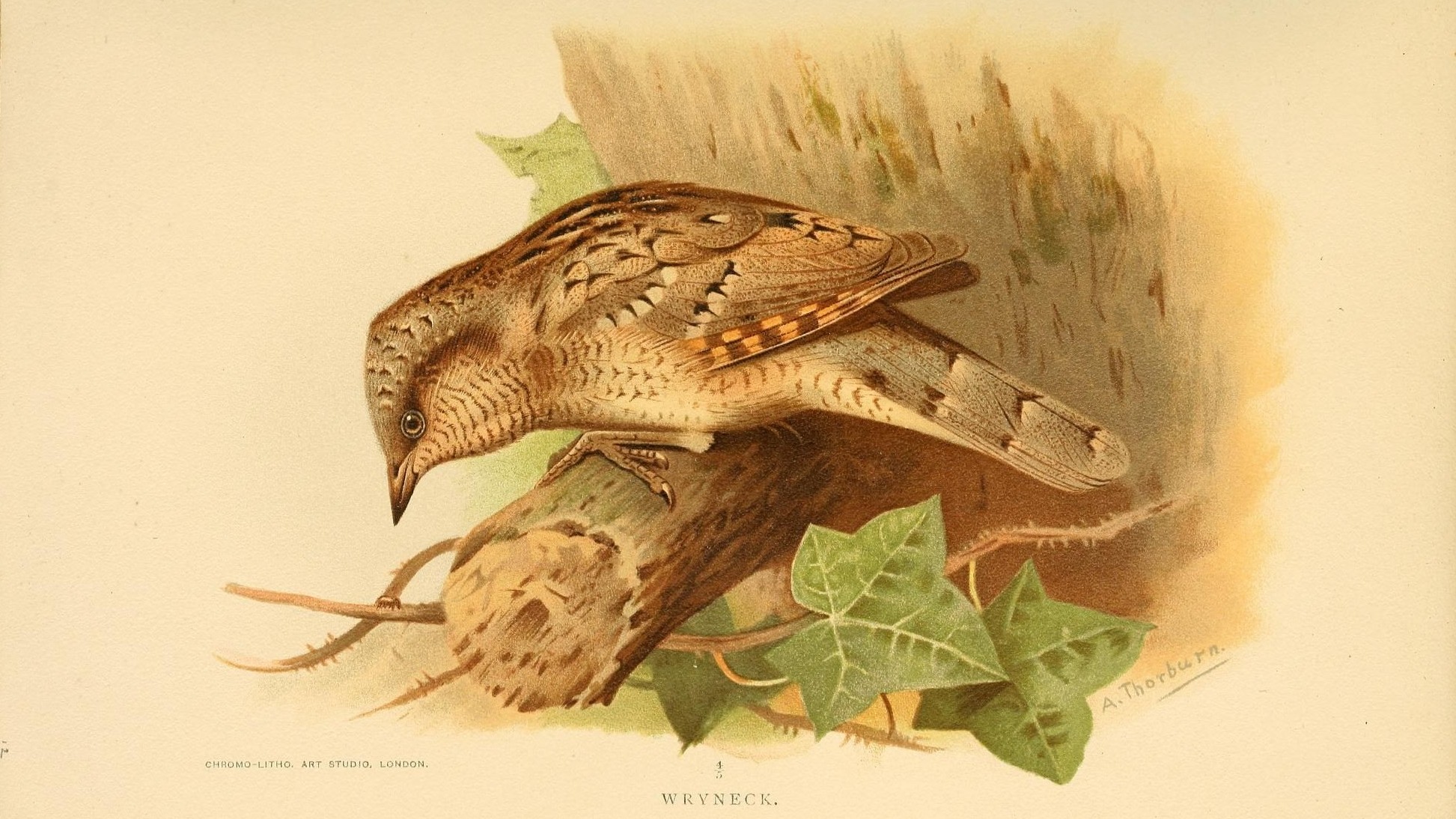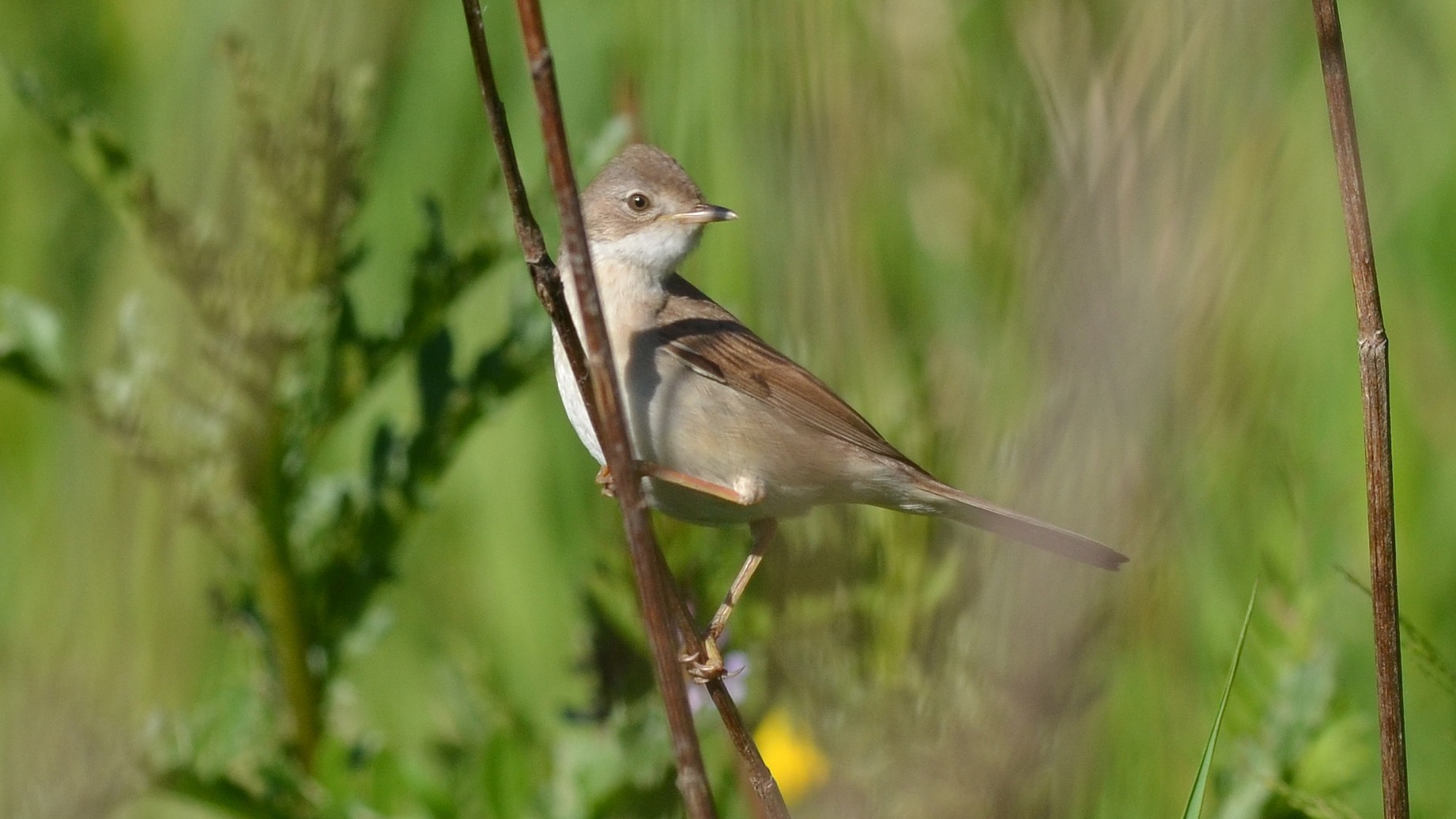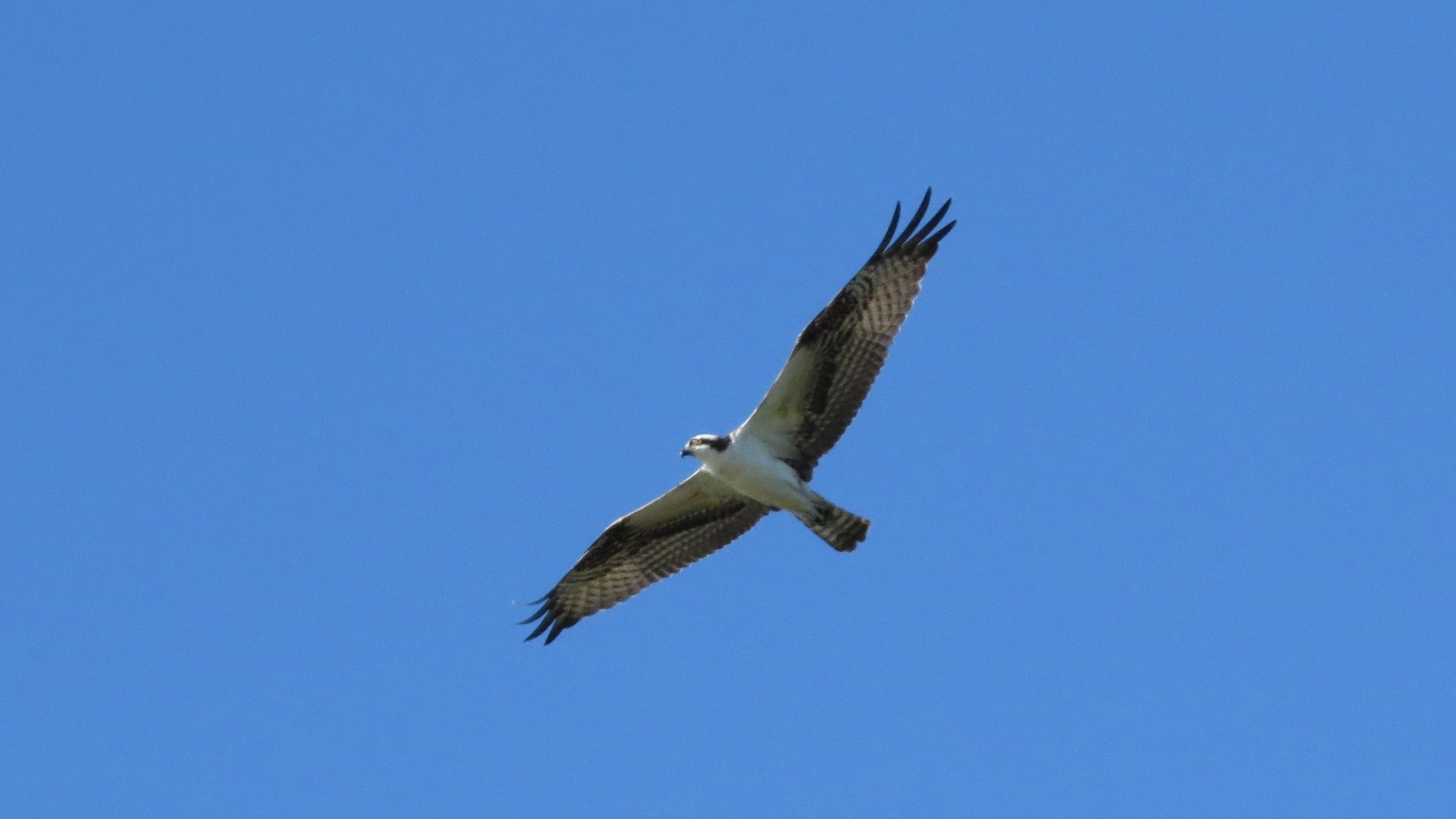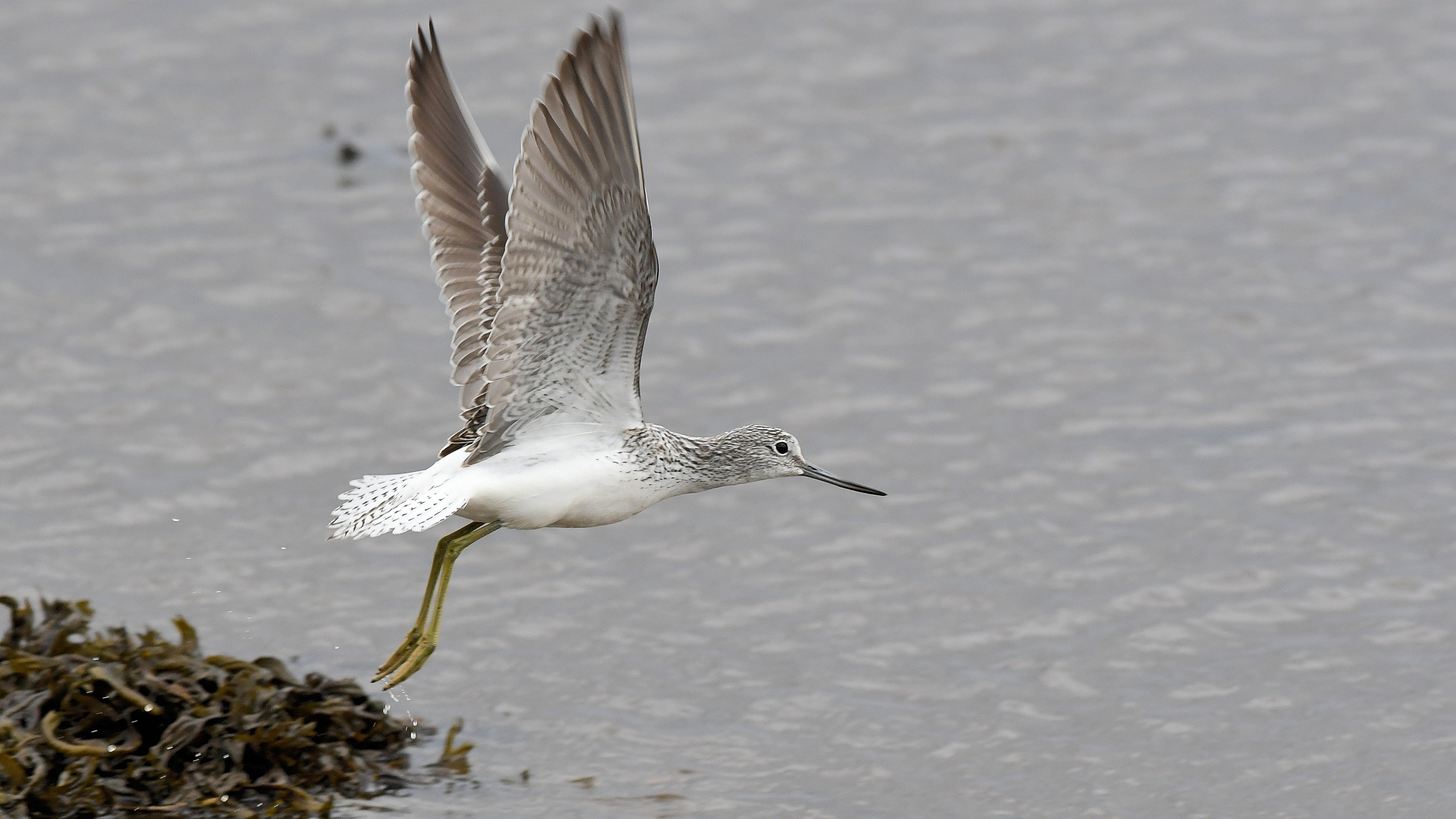A very rare bird that could possibly arrive at this time is the wryneck. It was once called the cuckoo’s servant as it just preceded the cuckoo. Its name derived from its peculiar habit of turning its head till it rests on its back, giving the impression it is dead. It has a ‘pea-pea’ call which has given rise to its other name, the pea-bird, although this call now must be one of the rarest of all April sounds.
Other rare migrants now passing could include ringed plover, sandpiper, wood warbler, nightjar and ring ousel. Among the raptors, hobbies and even ospreys could also make an appearance.
